Low porosity hair is characterized by tightly closed cuticles that make it difficult for moisture and hair products to penetrate the hair shaft. This dense structure often leads to product buildup on the surface, leaving the hair dry, dull, and prone to breakage.
Due to its inability to retain moisture, which is vital for healthy hair, low porosity hair tends to grow more slowly and is harder to maintain. However, with the right care and practices, it's entirely possible to promote the growth of low porosity hair.
10 Effective Ways to Grow Your Low Porosity Hair
There are many ways to maximize the growth of low porosity hair and keep it healthy. Here are 10 effective methods:
1. Choose Growth-Promoting Products
Which products are best for growing low-porosity hair?
Low porosity hair requires lightweight products rich in humectants like glycerin, aloe vera, and provitamin B5. These ingredients help to attract and retain moisture in the hair shaft without weighing it down.
Lightweight oils such as jojoba oil or argan oil are ideal as they easily penetrate the hair shaft. Chébé powder is also a good option as it is rich in nutrients, antioxidants, vitamins, and oleic acids, all essential for hair growth. Chébé powder is particularly recommended for low porosity hair, and using an African chebe shampoo and conditioner set can help retain moisture and prevent breakage without weighing it down.
How to Use Growth-Promoting Products for Low Porosity Hair?
Apply these products to damp hair to maximize absorption. To enhance their effectiveness, use a gentle heat source like a heating cap or bonnet to open up the cuticles and promote better product penetration.
2. Protective Styling for Length Retention
Protective hairstyles, such as braids, twists, or cornrows, help minimize hair manipulation, thereby reducing breakage. These hairstyles also help retain moisture by reducing hair exposure to dry air.
3. Implement a Protein-Moisture Balance
Although low porosity hair requires less protein, it is crucial to maintain a balance between protein and moisturizing products. Excess protein can make hair stiff and prone to breakage, while a lack of moisture can leave it dry and difficult to manage. Focus on regular moisturizing treatments and use protein treatments sparingly to strengthen the hair structure without overloading it.
4. Regular Scalp Massages
Massaging the scalp stimulates blood circulation, bringing more oxygen and nutrients to the hair follicles, thereby promoting hair growth. You can massage your scalp with your fingertips, using essential oils like rosemary or peppermint to maximize the stimulating effect on the scalp's microcirculation.
5. Consume a Nutrient-Rich Diet
A balanced diet rich in proteins, vitamins (such as biotin and vitamin E), and minerals (such as zinc and iron) contributes to the overall health of the hair. Omega-3 fatty acids, found in fish and flaxseeds, are particularly beneficial.
6. Consider Supplements (If Necessary)
If your diet does not meet all your nutritional needs, supplements containing biotin, zinc, or amino acids can help promote hair growth.
7. Drink 2 Liters of Water (Minimum) Per Day
Drinking enough water is essential for maintaining internal hydration, which directly affects the hydration of the scalp and hair. Proper hydration can help prevent dryness in low porosity hair.
8. Protect Your Hair at Night
Use a silk pillowcase or satin bonnet when you sleep. This helps reduce friction (and thus breakage) and retains moisture.
9. Limit Heat Styling Tools
Excessive use of heat styling tools can dry out the hair and slow down its growth. It is advisable to use these tools sparingly and always apply a heat protectant before use.
10. Seal in Moisture with a Light Oil
At the end of your hair care routine, apply a lightweight oil to seal in moisture and promote the growth of new hair. DISCOVER CHÉRIBÉ GROWTH OIL
DISCOVER CHÉRIBÉ GROWTH OIL
The Science Behind Low Porosity Hair Growth
Scientific research has helped us better understand the structure of low porosity hair and develop products specifically formulated for this hair type. Prebiotics and postbiotics, for example, help maintain a healthy scalp, which is essential for hair growth. Moreover, hair repair technology targets damaged areas of the hair and restores them in-depth, promoting healthier and faster growth.
Common Myths About Growing Low Porosity Hair
There are many myths surrounding low porosity hair growth. The most common one is: “Low porosity hair cannot grow.” In reality, with proper hair care habits, it can reach great lengths. Another myth is: “The more products you use, the more hydrated low porosity hair will be.” In fact, excessive product buildup can weigh down low porosity hair and prevent moisture from penetrating, which significantly slows down hair growth.
The Impact of Hair Care Routine on Low Porosity Hair Growth
Using regular hair care tailored to the structure of low porosity hair is crucial: deep moisturizing masks, lightweight oils, and nourishing styling creams help keep hair healthy, reduce breakage, and promote continuous growth. It's best to avoid products containing silicones or high in protein, as they tend to weigh down the hair and prevent optimal moisture absorption.
FAQ
Can low porosity hair grow long?
Yes, but to achieve this, your hair needs plenty of care. Provide it with maximum hydration, and it will thank you!
What hinders growth in low porosity hair?
- Product buildup
- Lack of hydration
- Using products rich in protein or silicones
- Not (yet) using CHÉRIBÉ products!
Are there specific oils that promote growth in low porosity hair?
Yes, lightweight oils like jojoba oil, argan oil, and grape seed oil are ideal for low porosity hair as they penetrate the hair shaft without weighing it down.
Growing Low Porosity Hair Doesn't Need to be a Struggle
To grow low porosity hair, it's essential to use lightweight products like deep moisturizing masks, growth oils and nourishing styling creams incorporate heat into your hair care routine to enhance product penetration, and maintain a good balance between protein and moisture. With the right care and practices, you can help your low porosity hair grow long, healthy, and with a shine that everyone will envy!
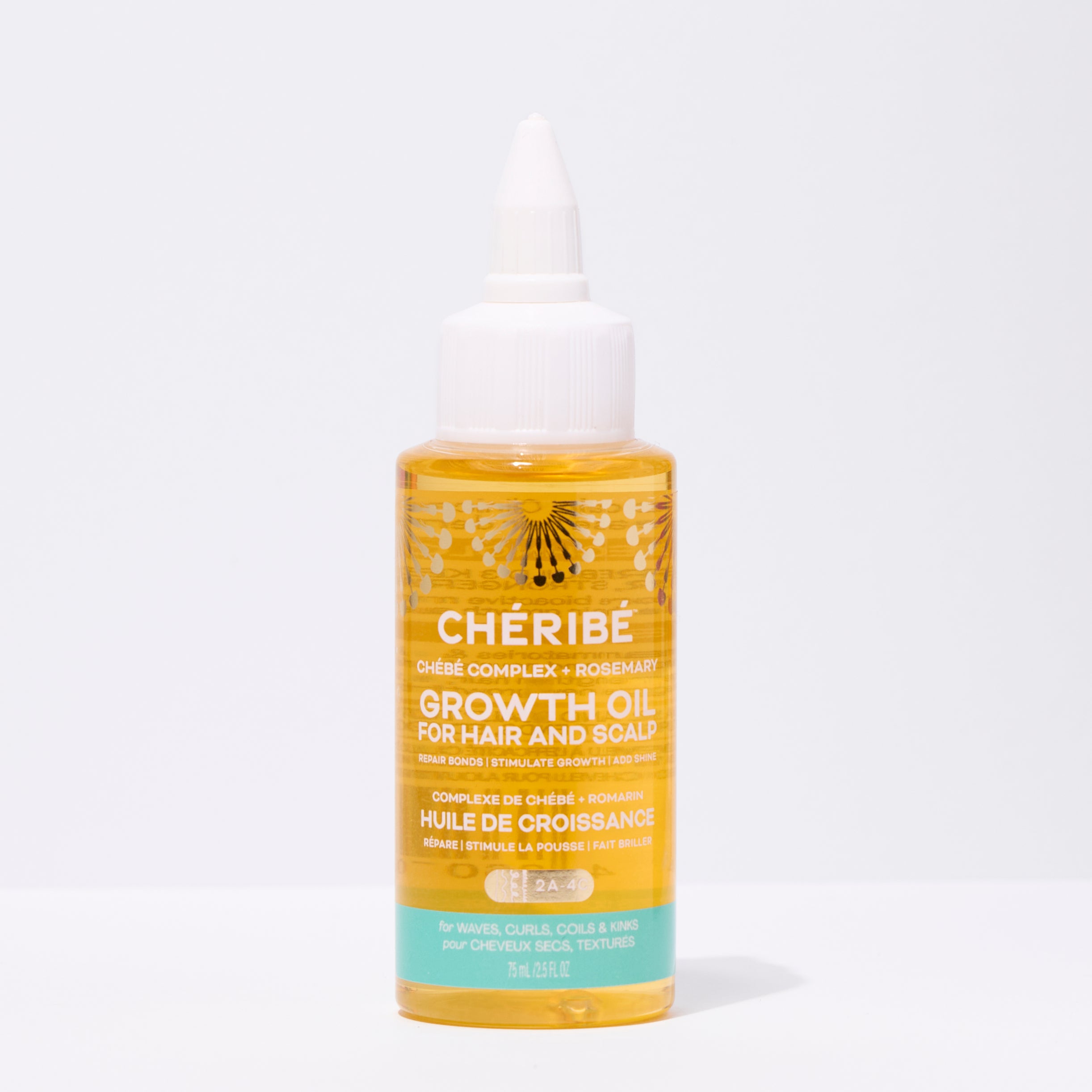
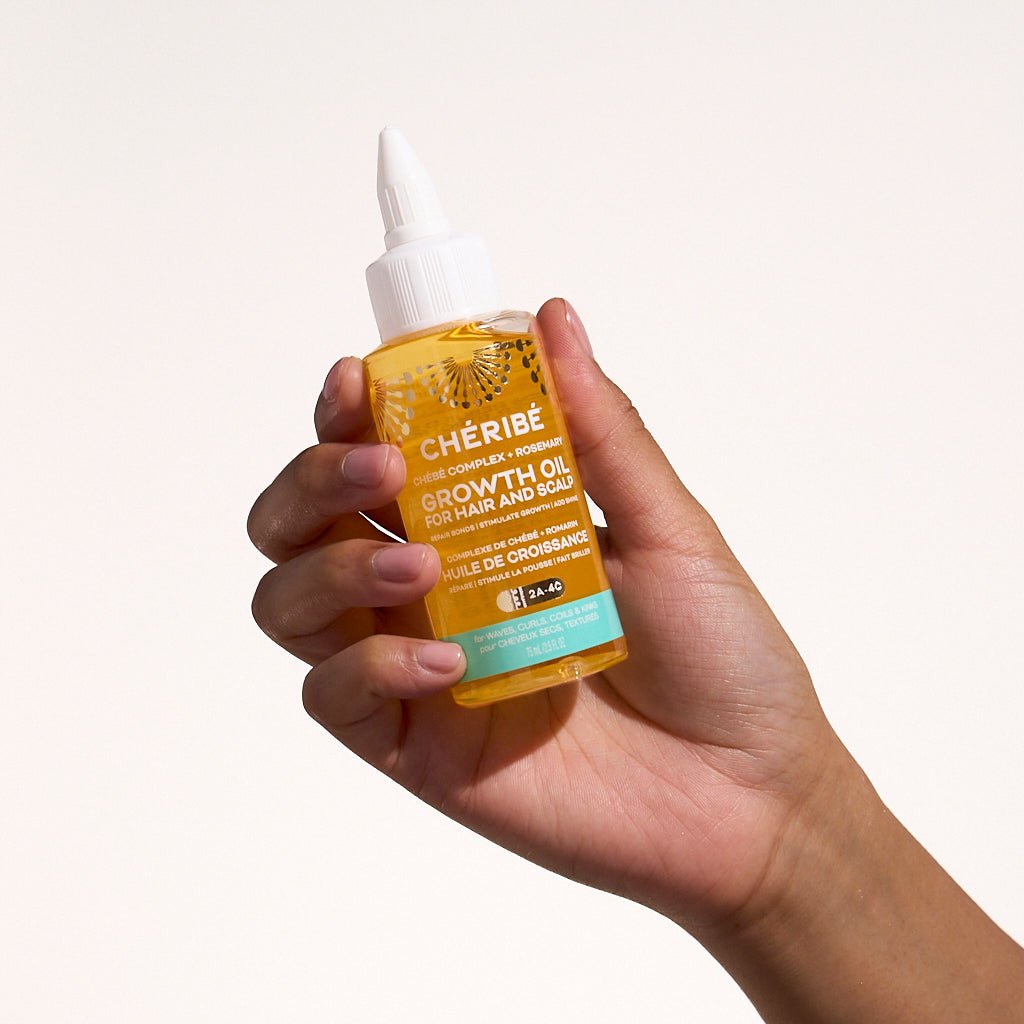
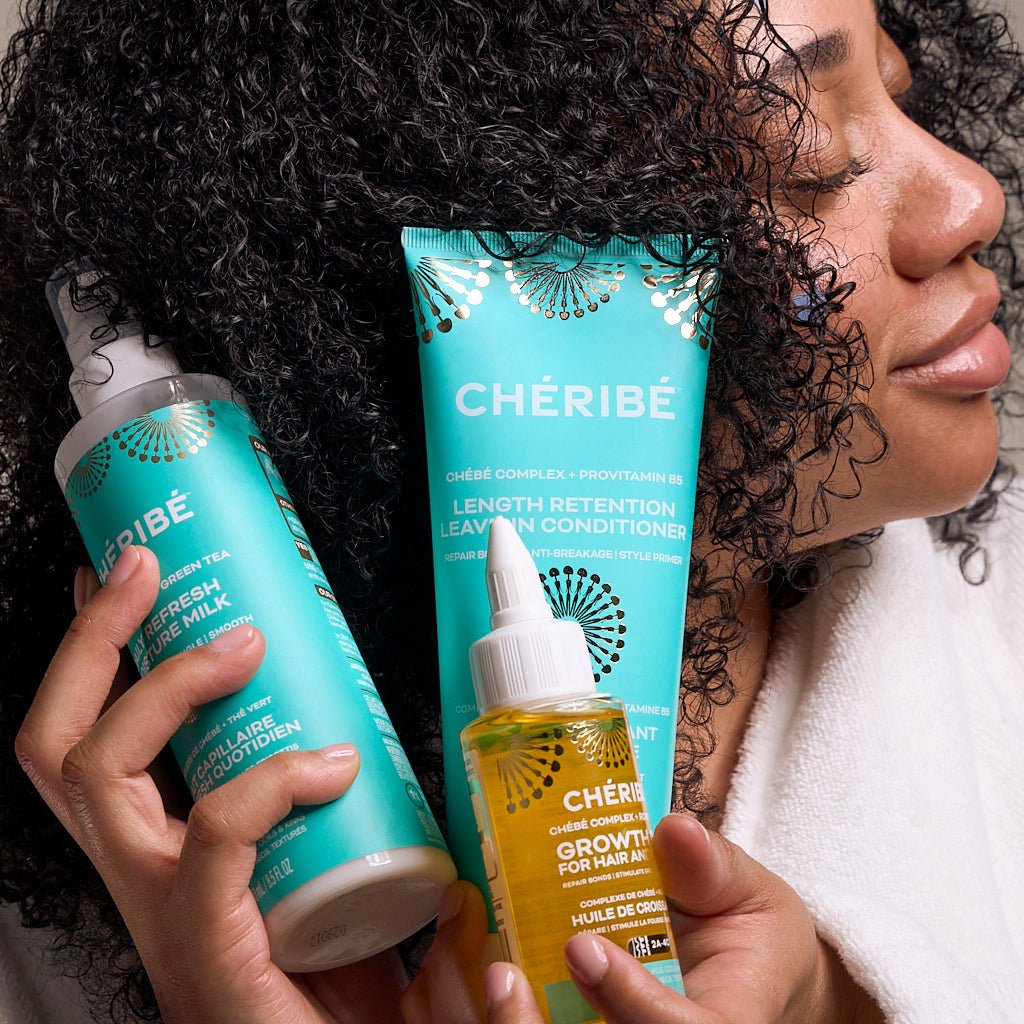

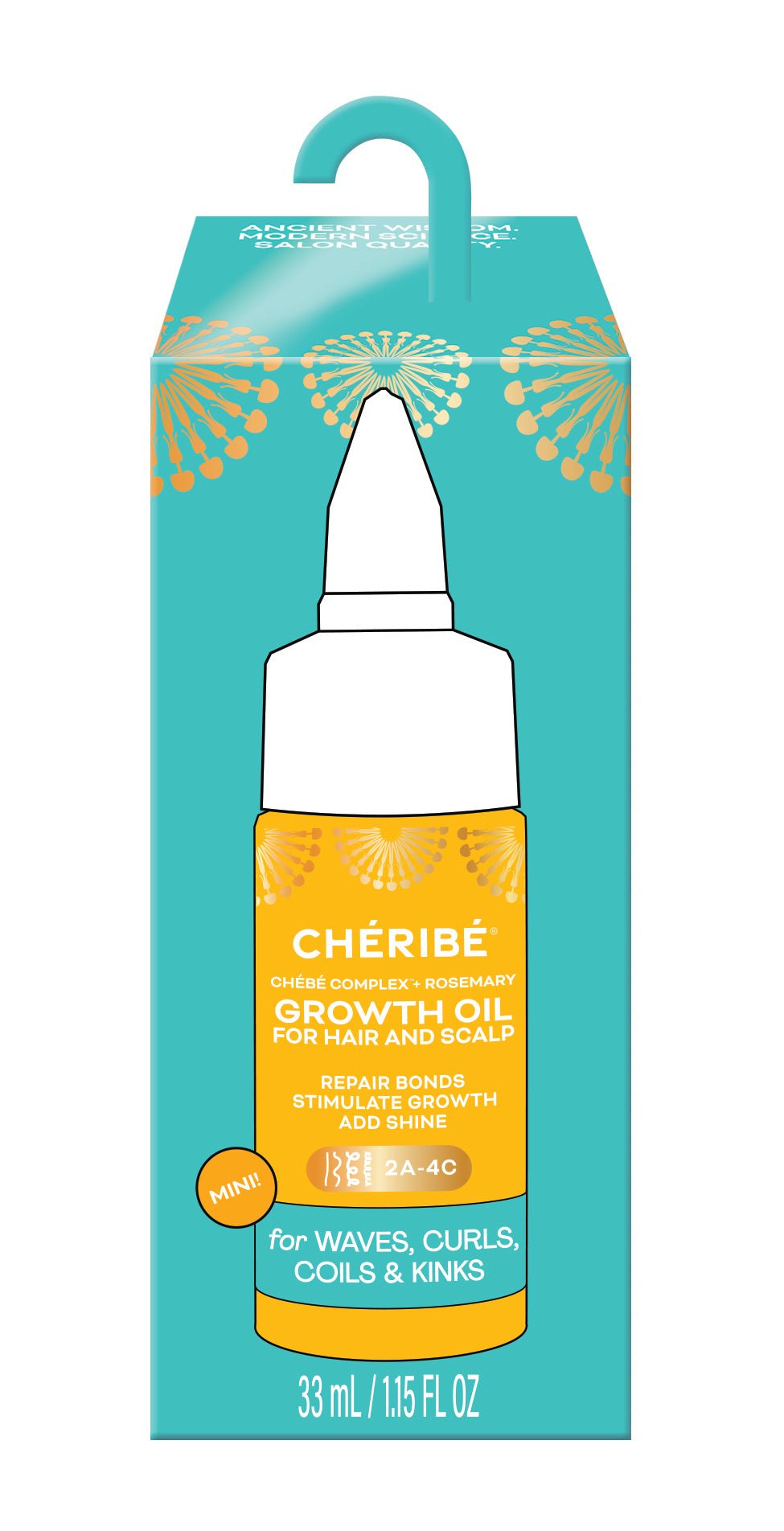
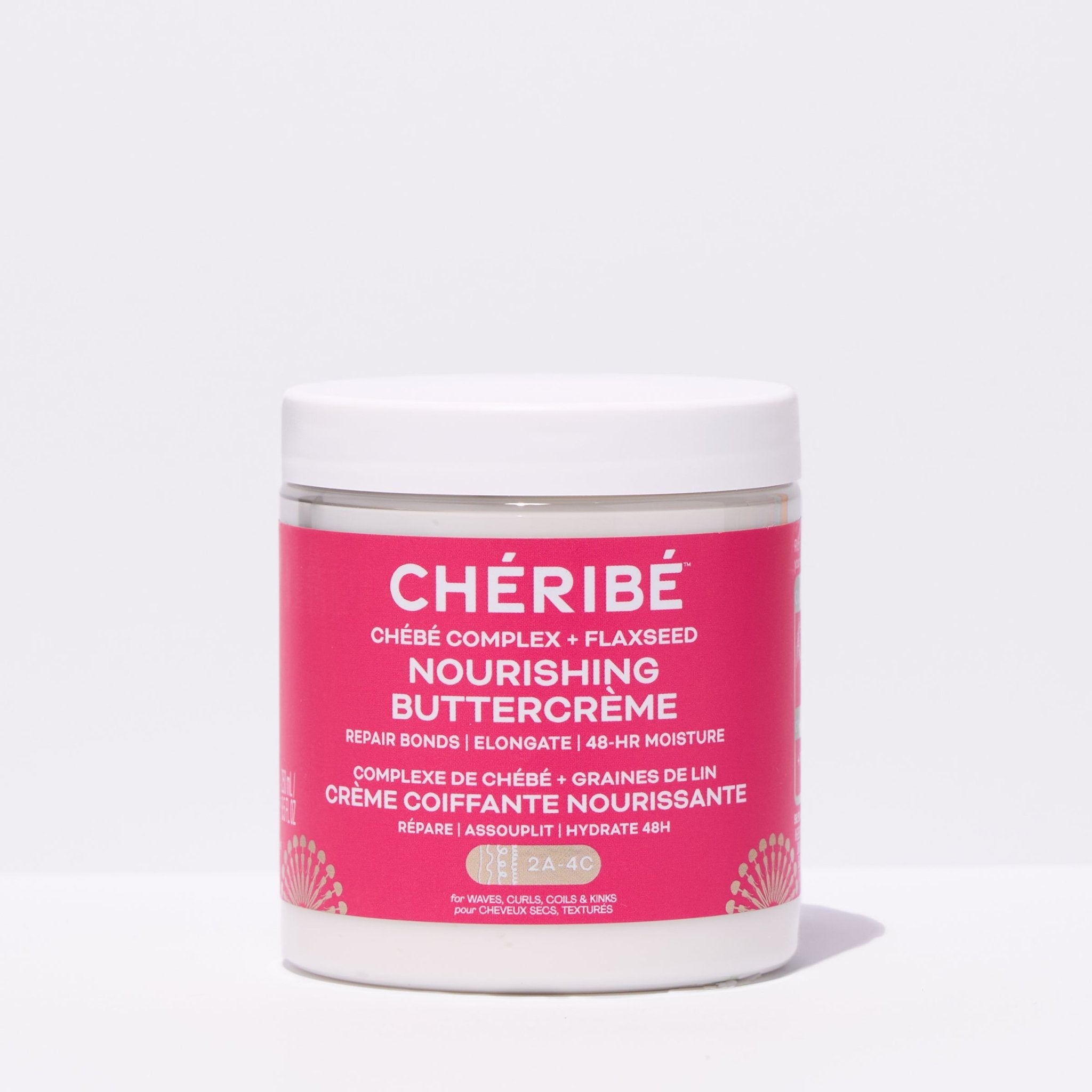
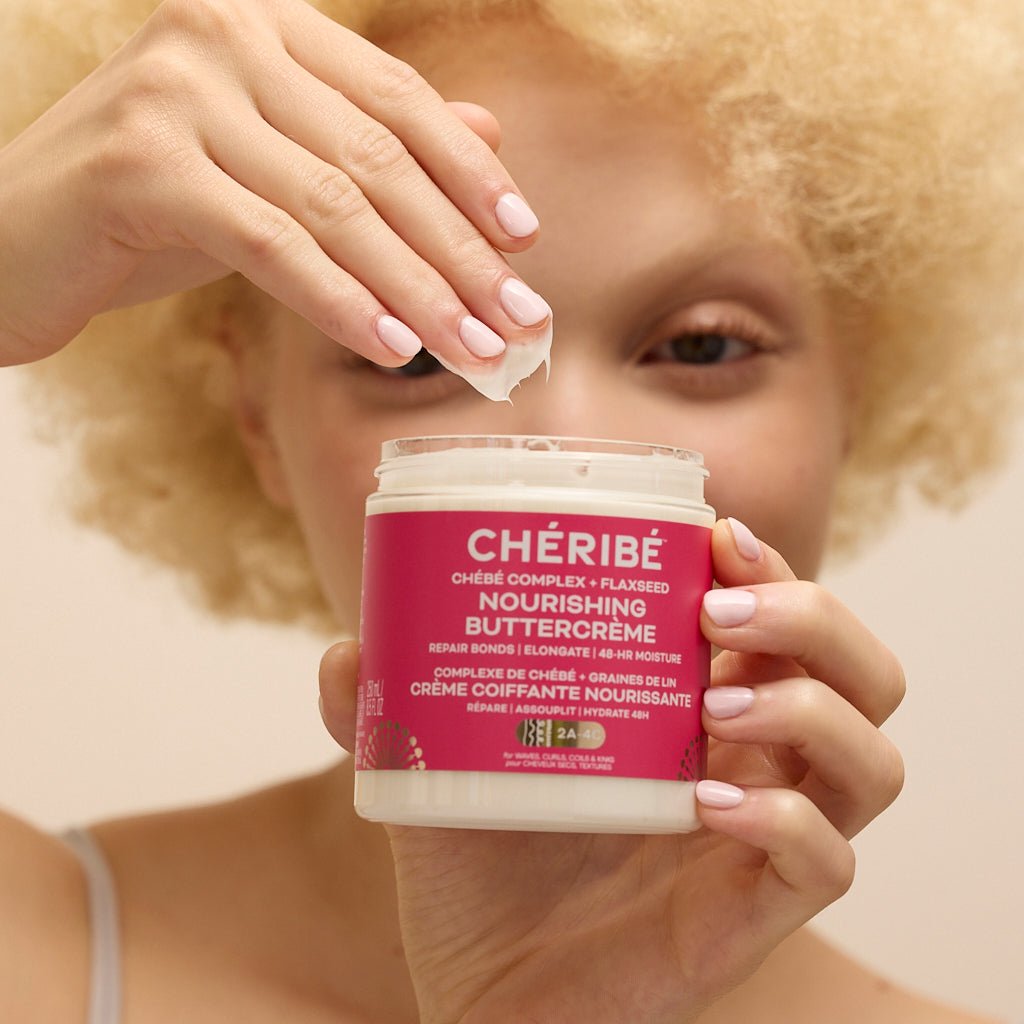
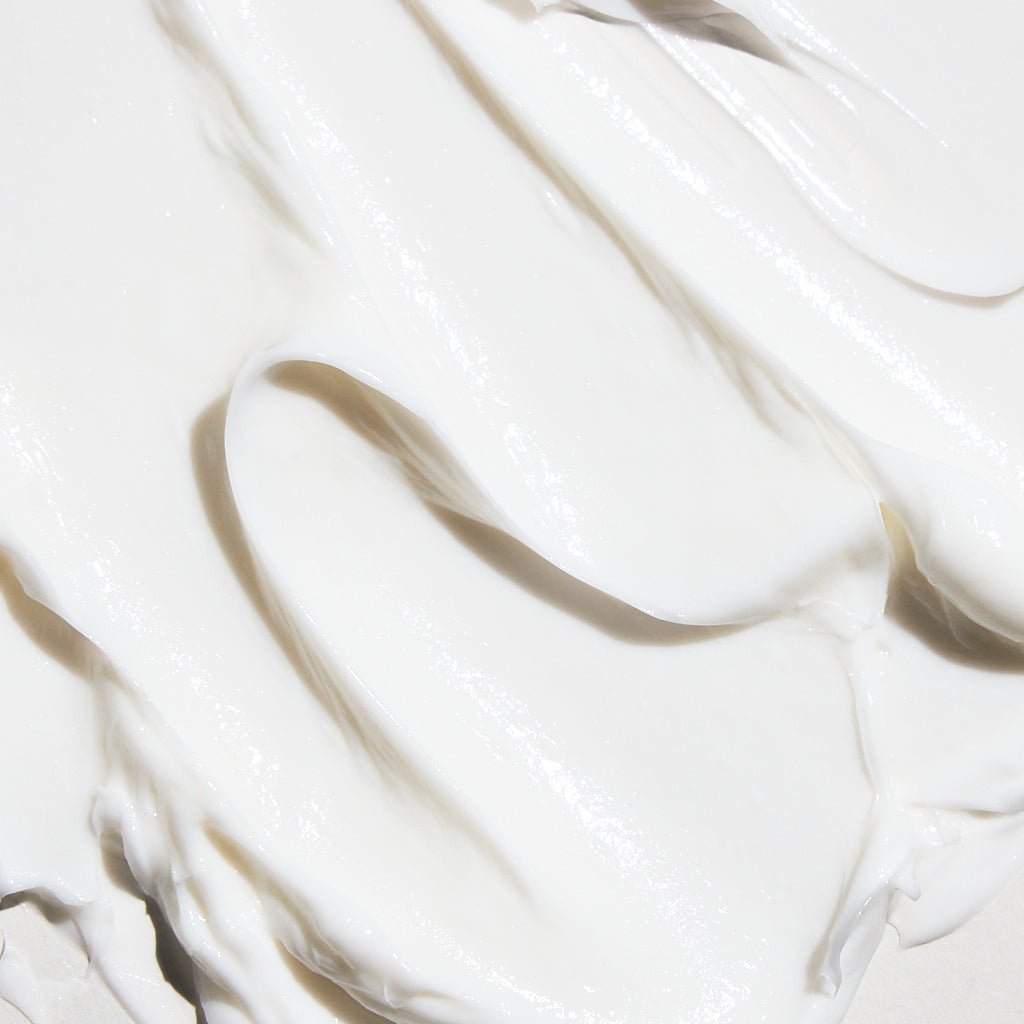
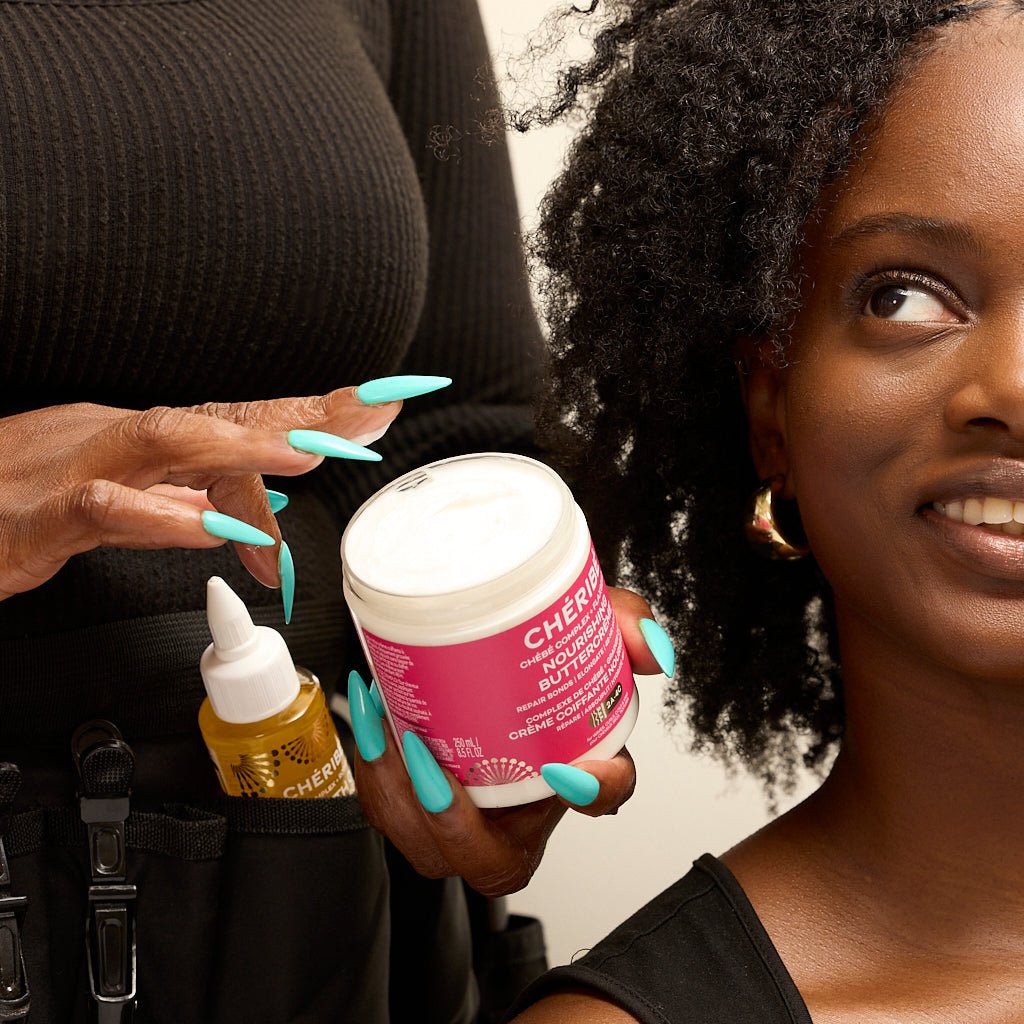
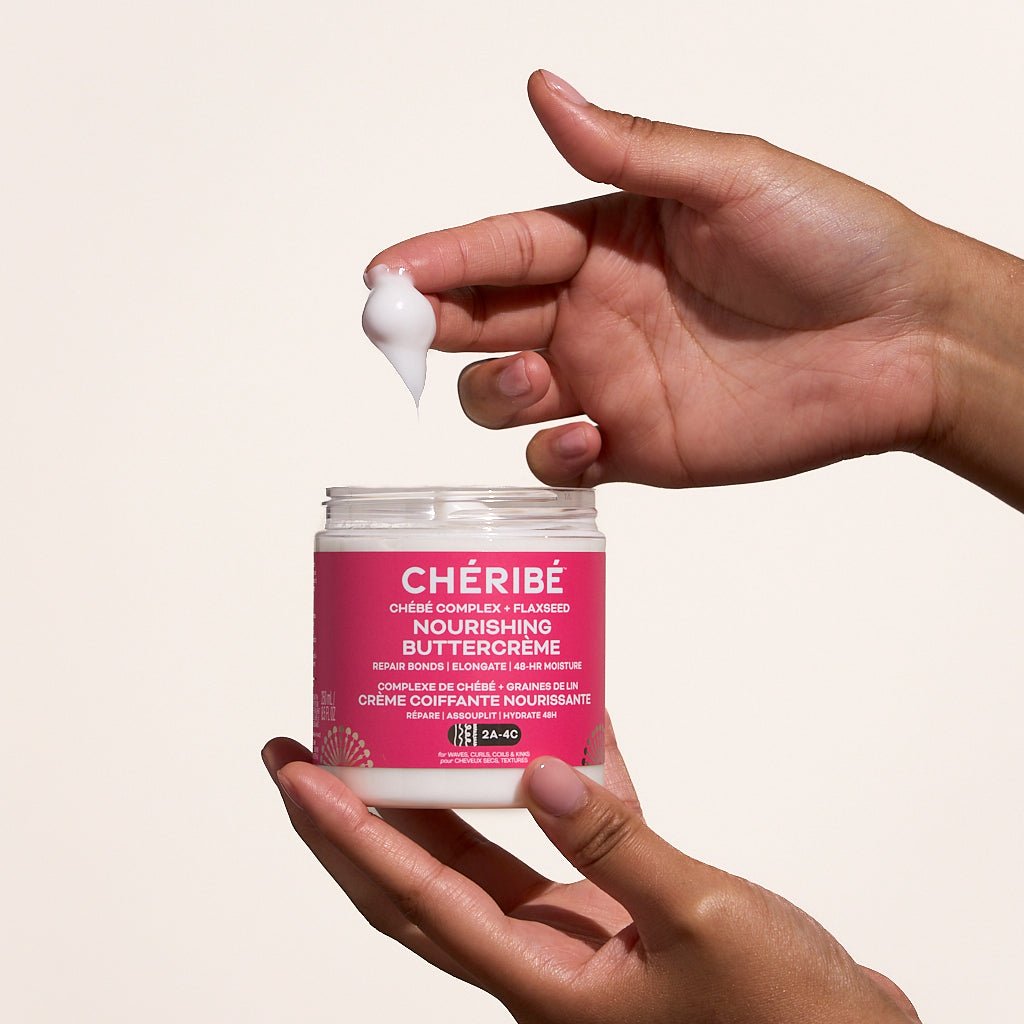

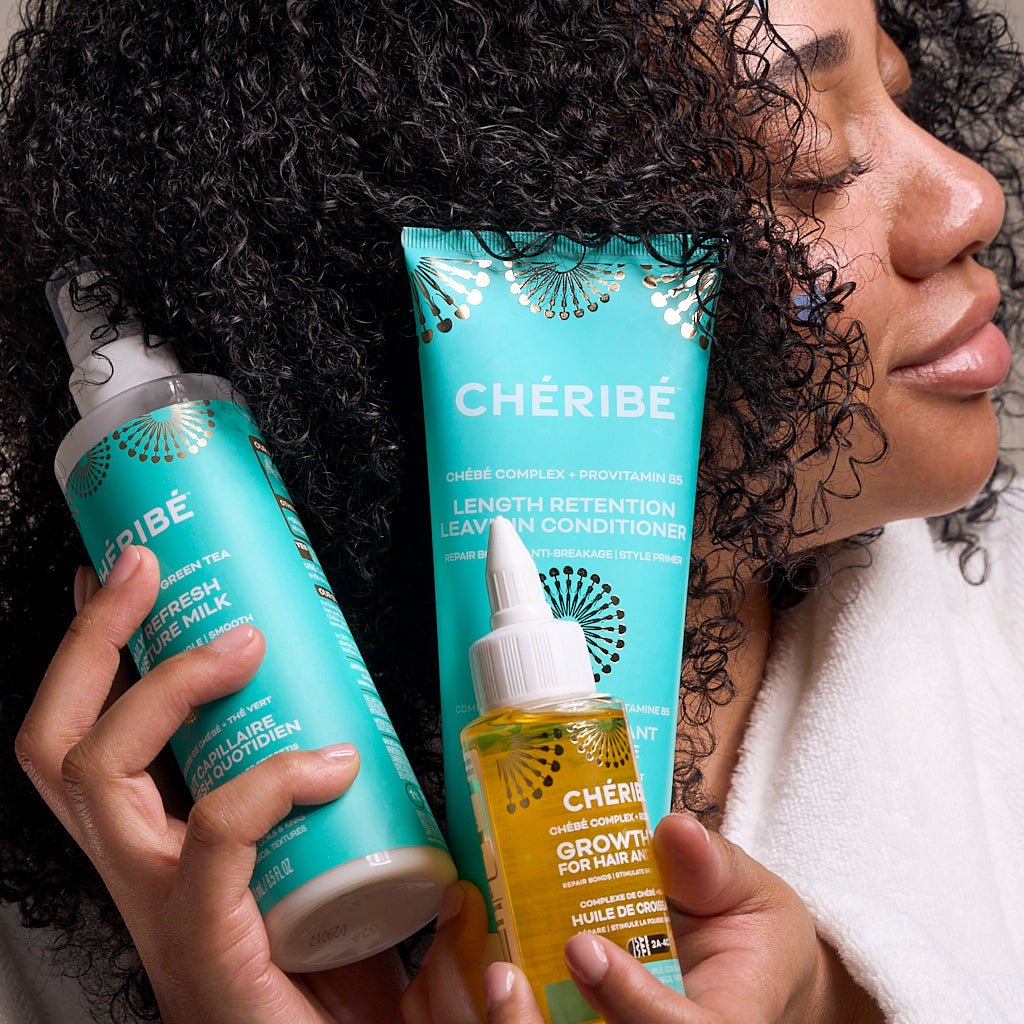

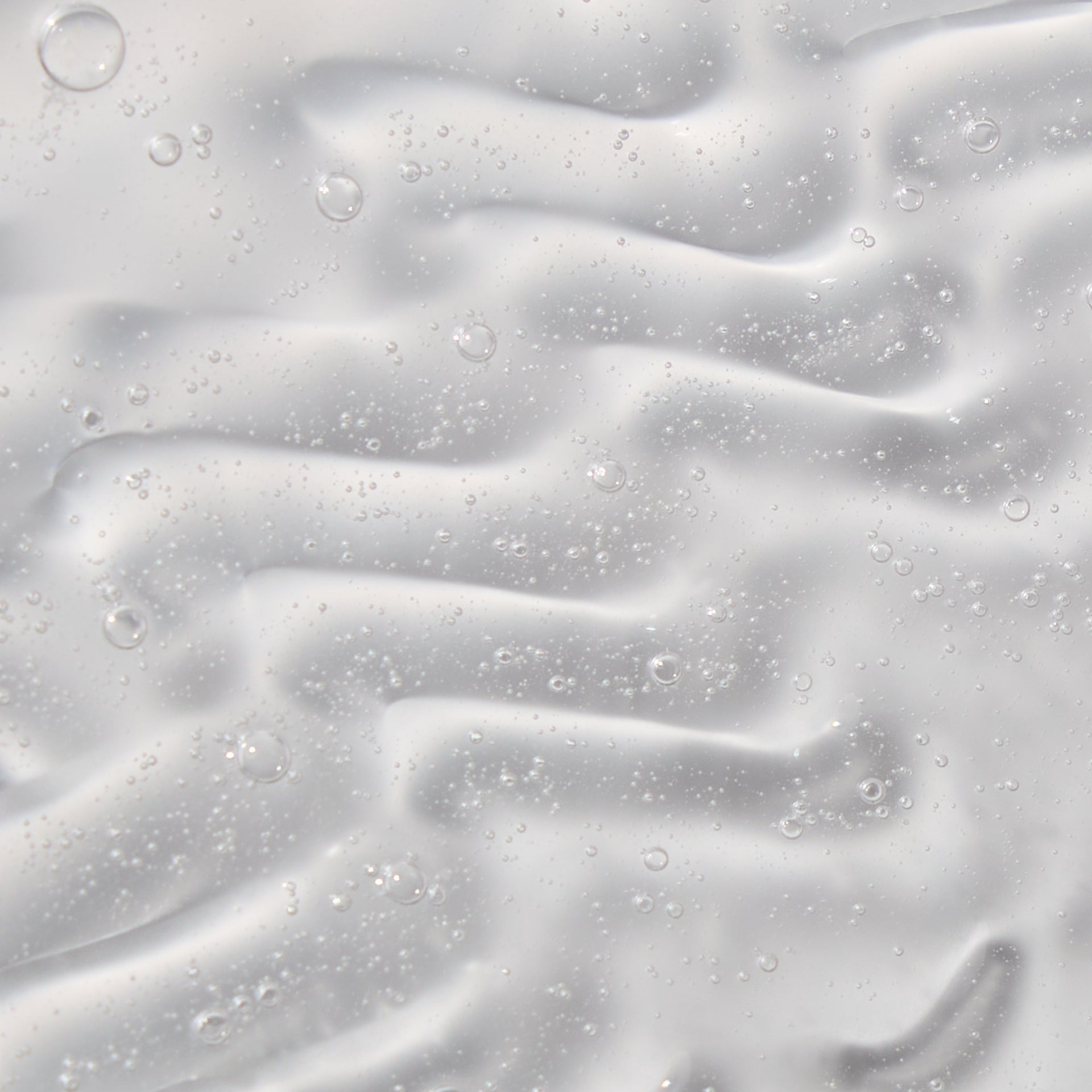
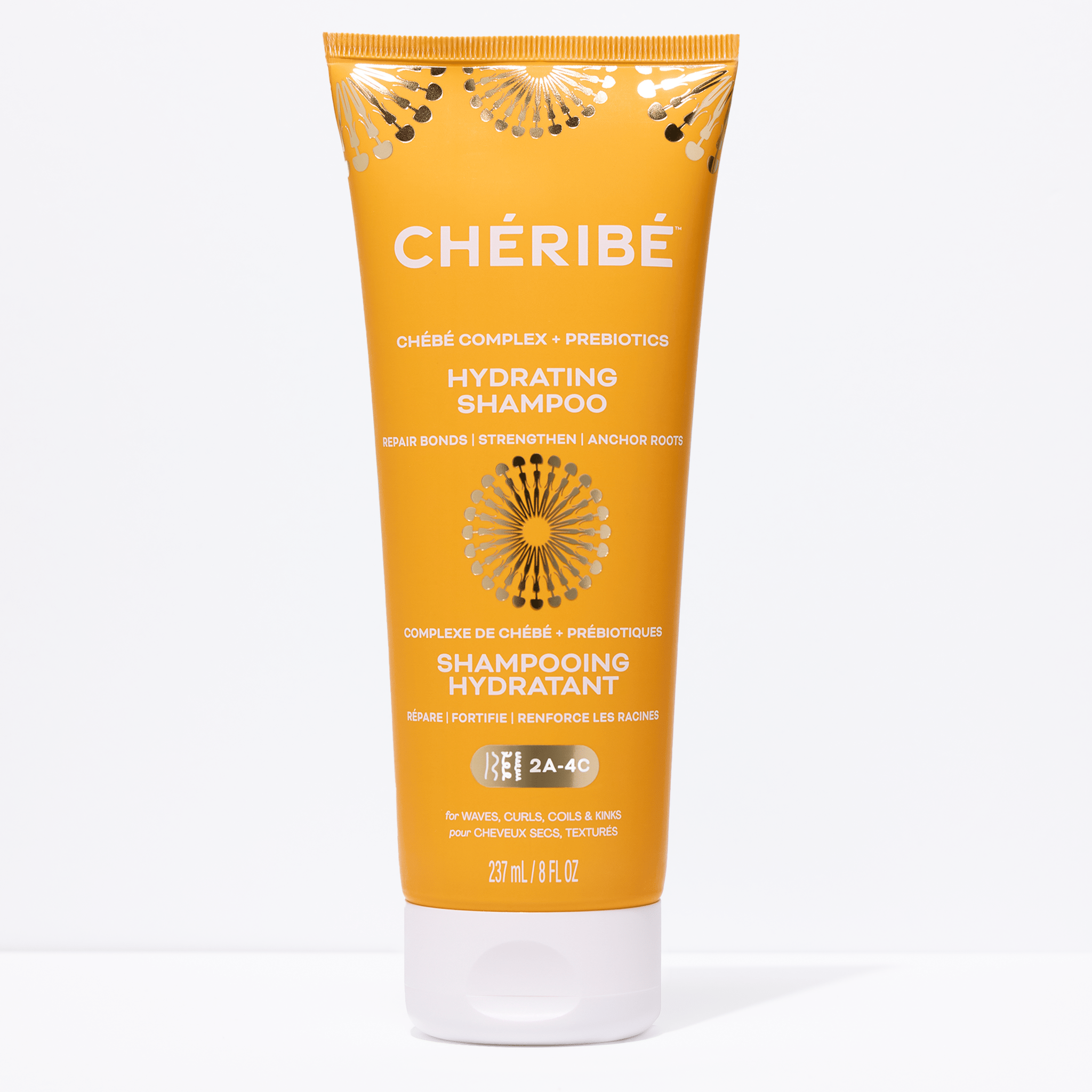





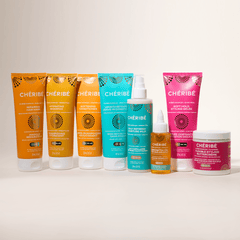
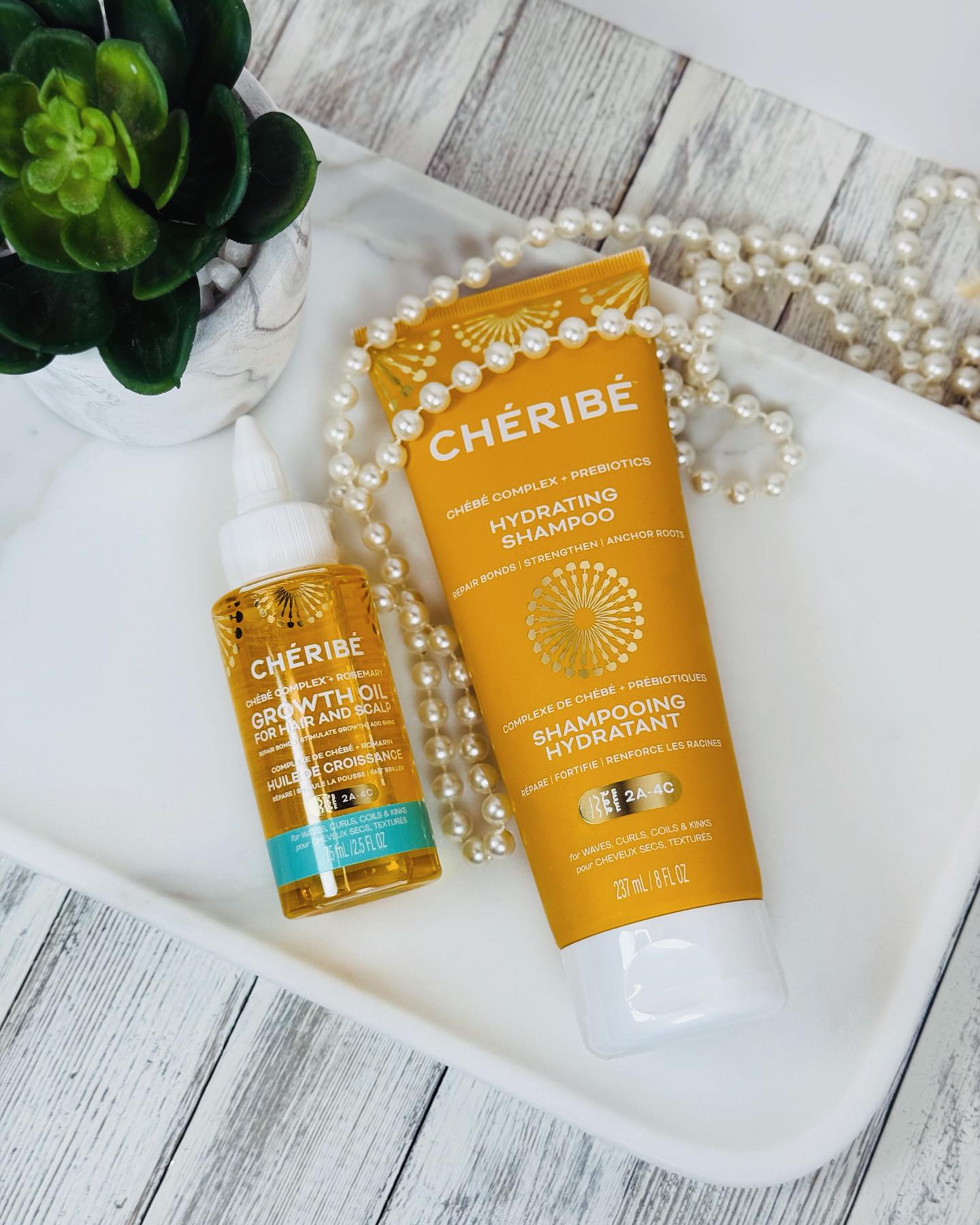
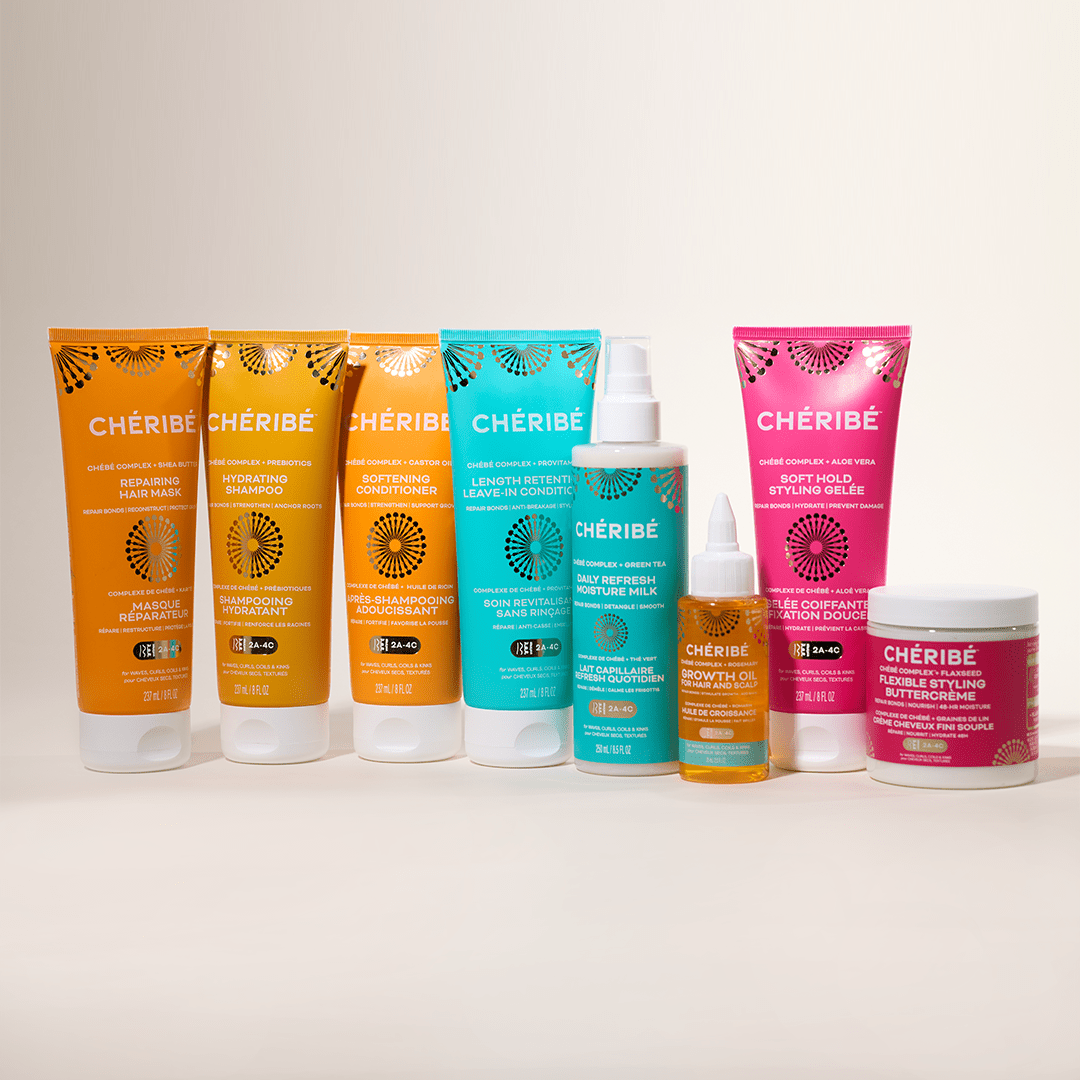
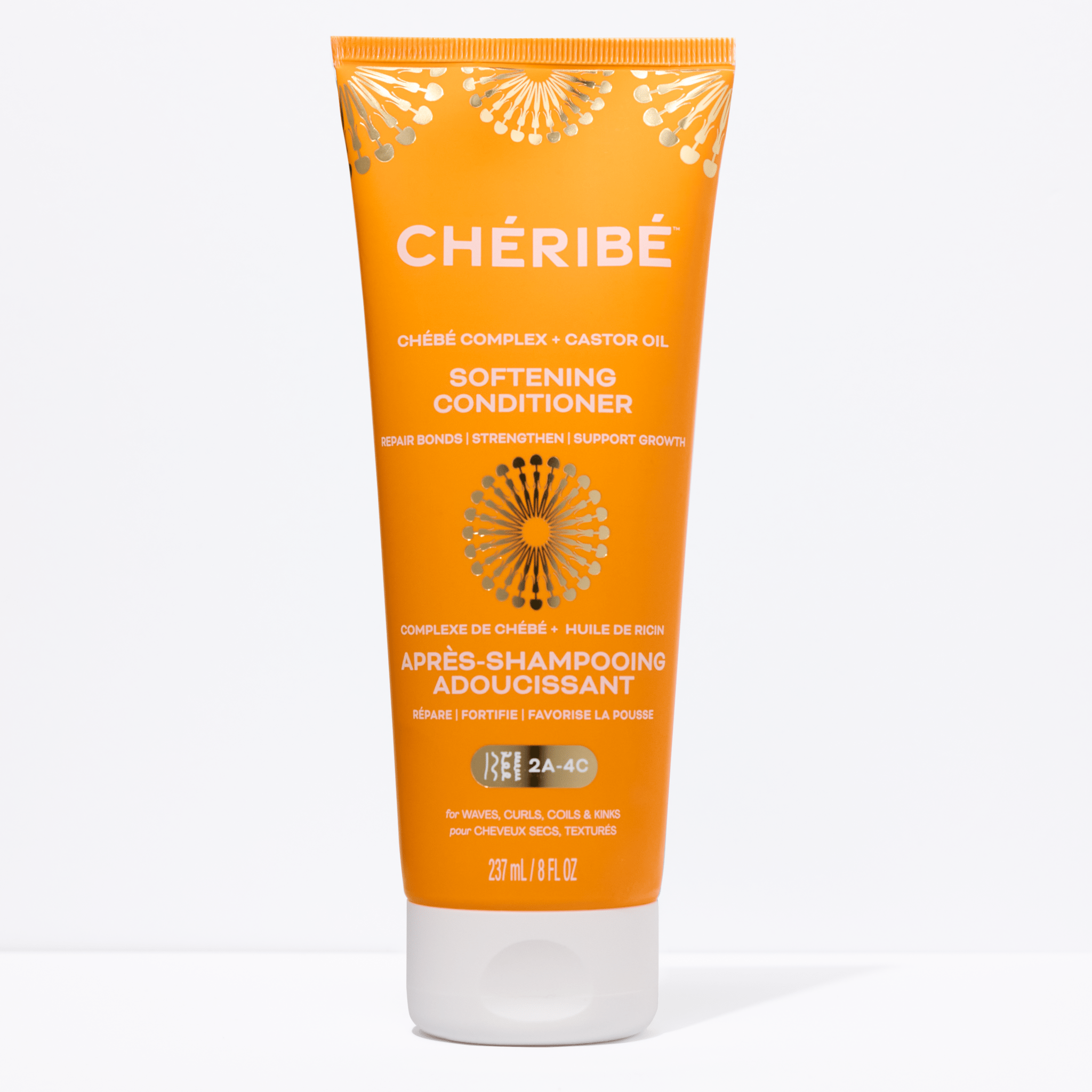
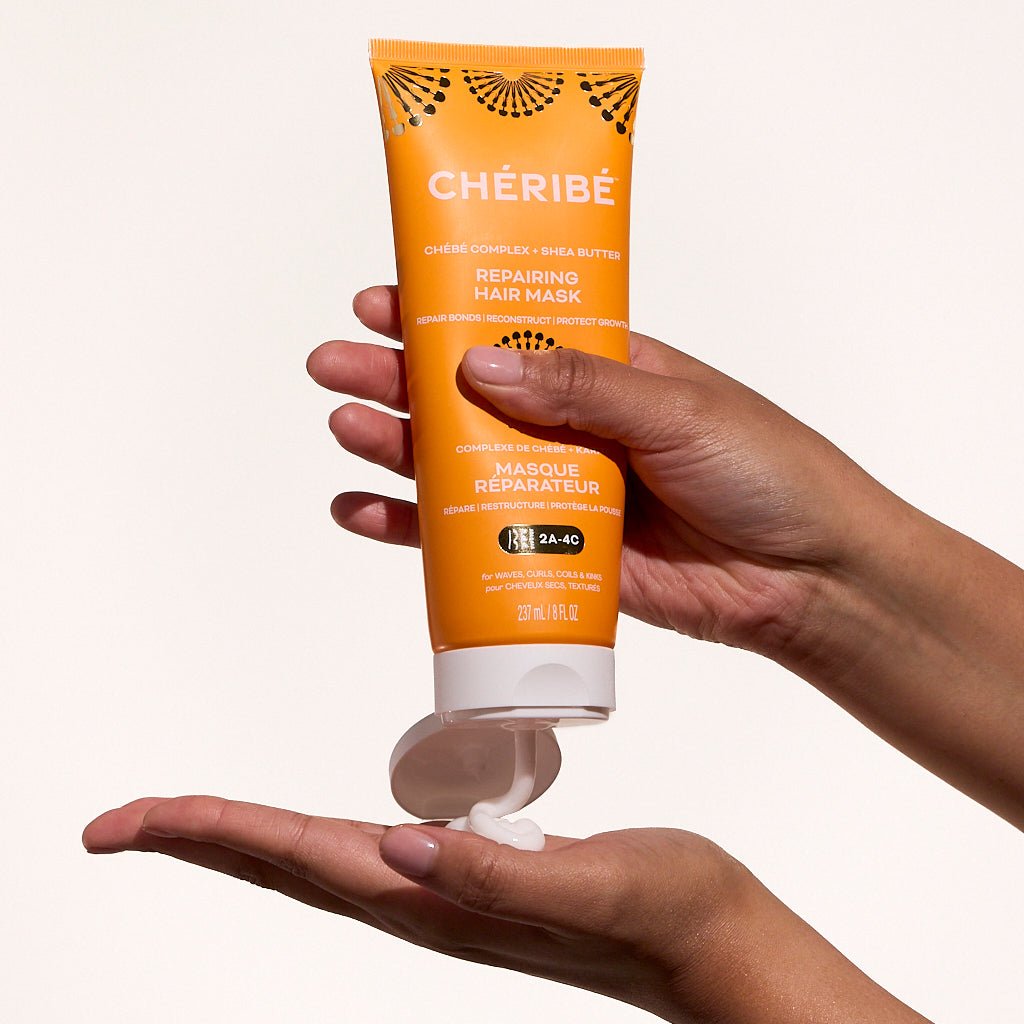
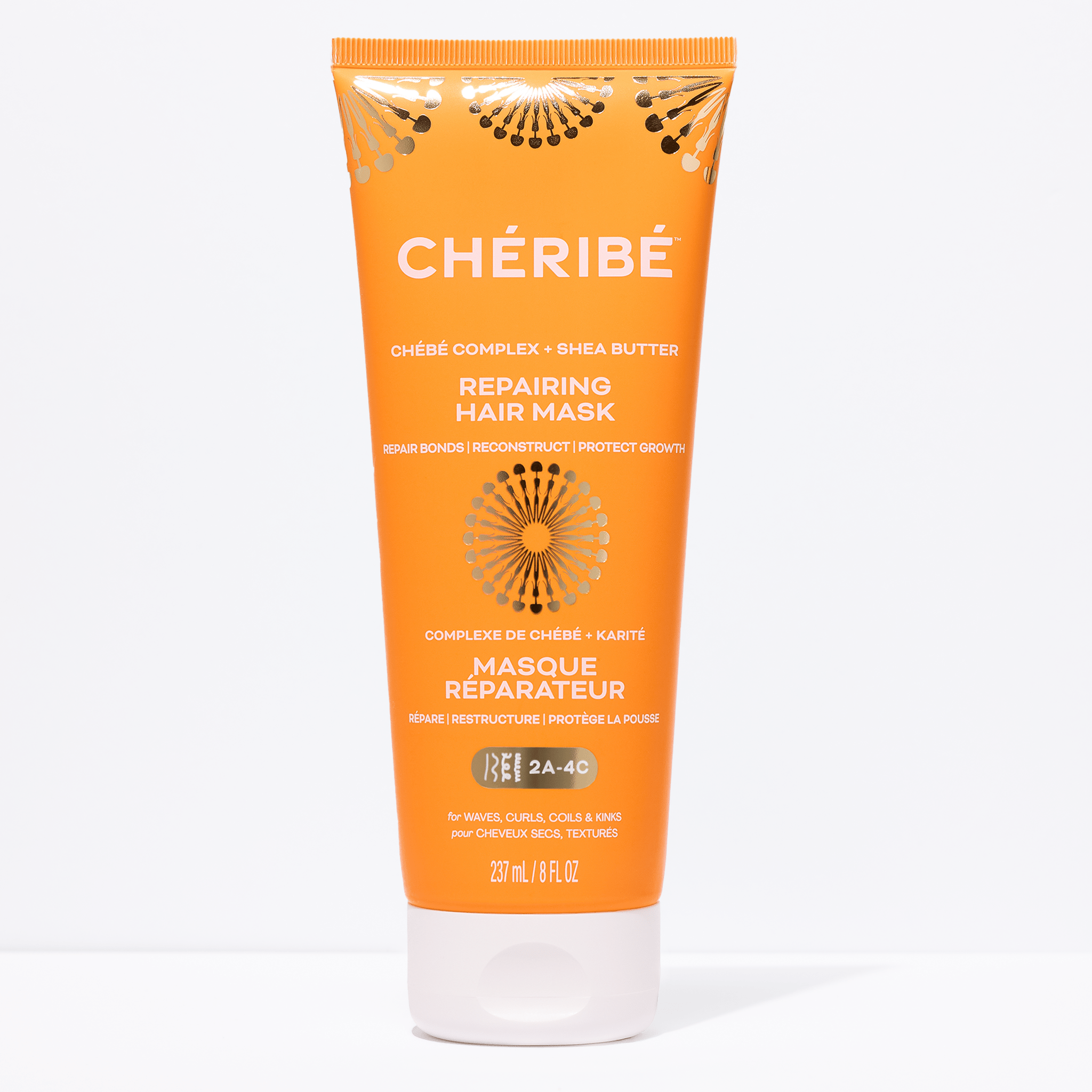

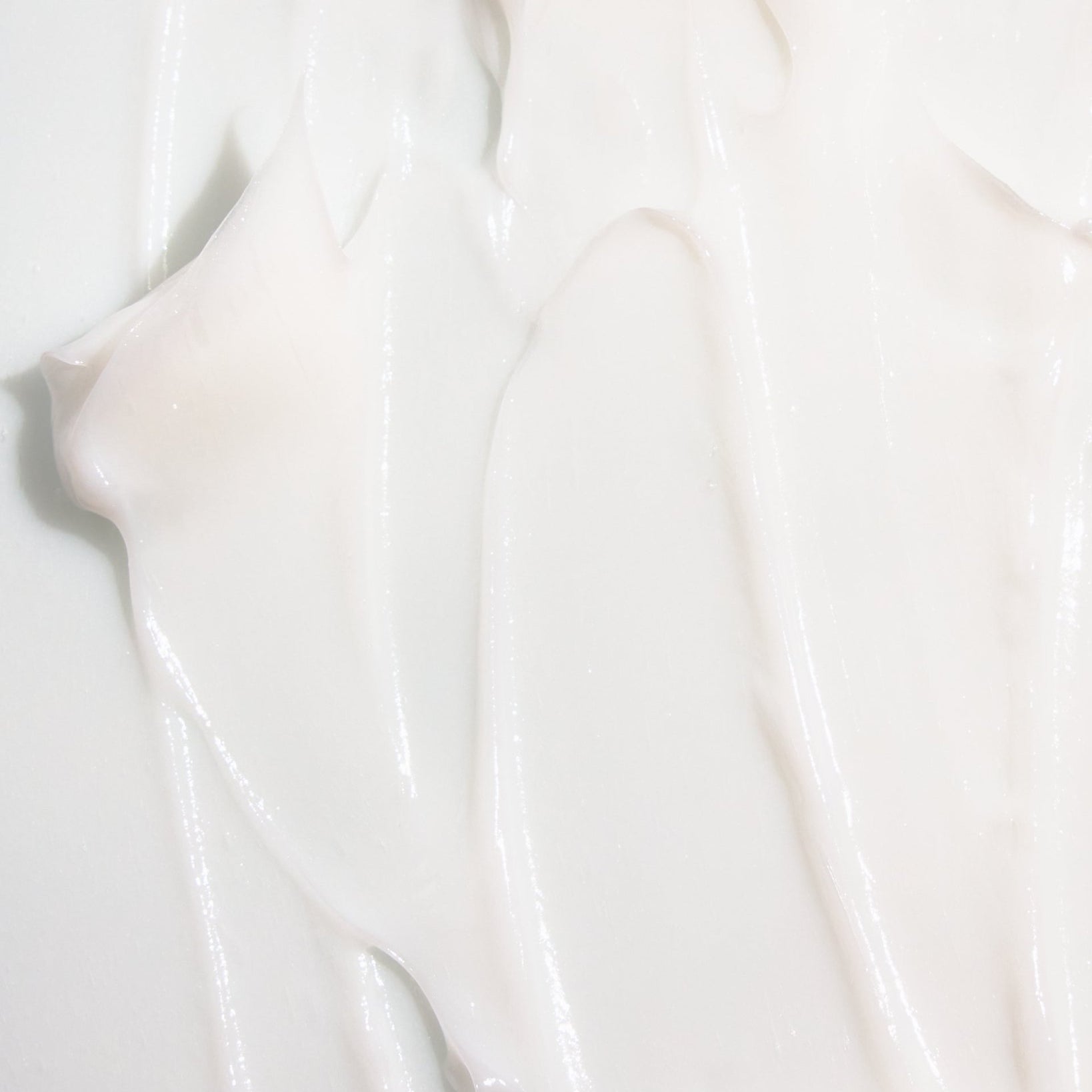
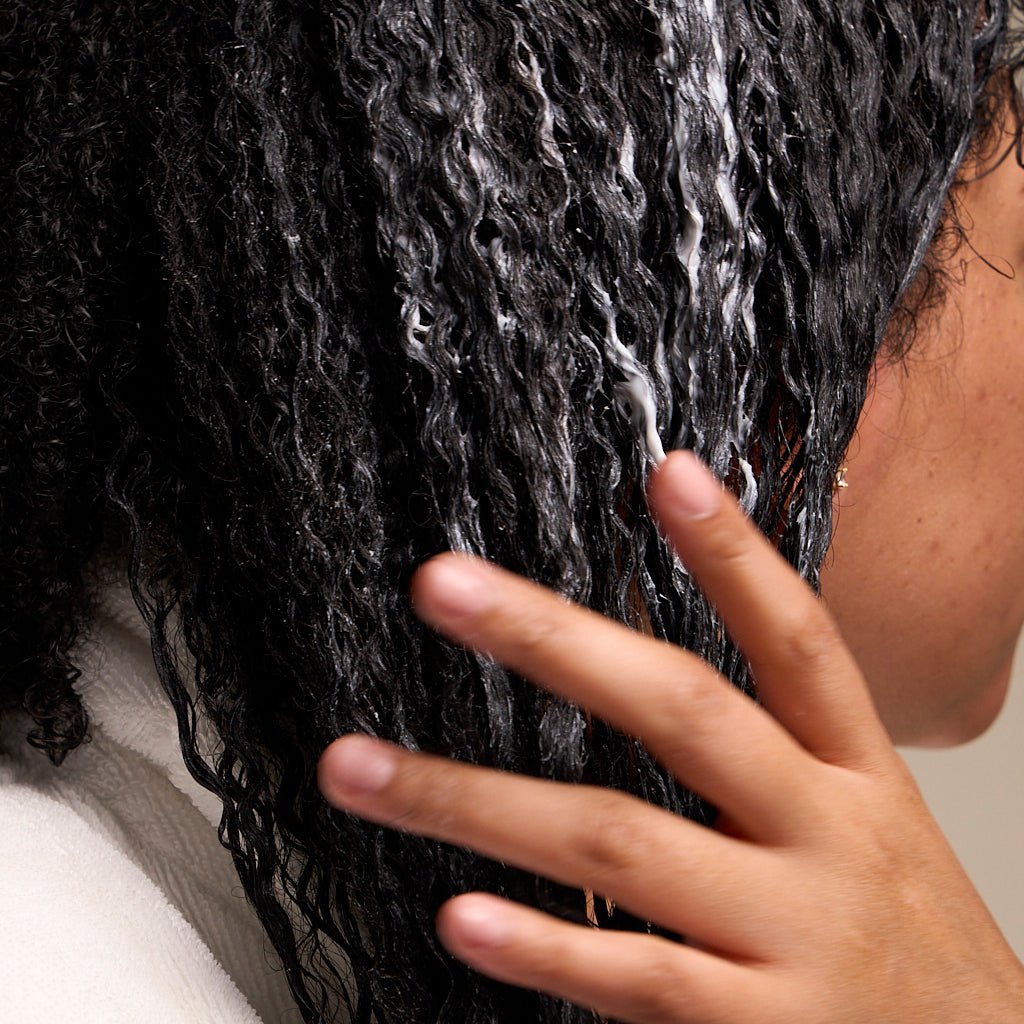
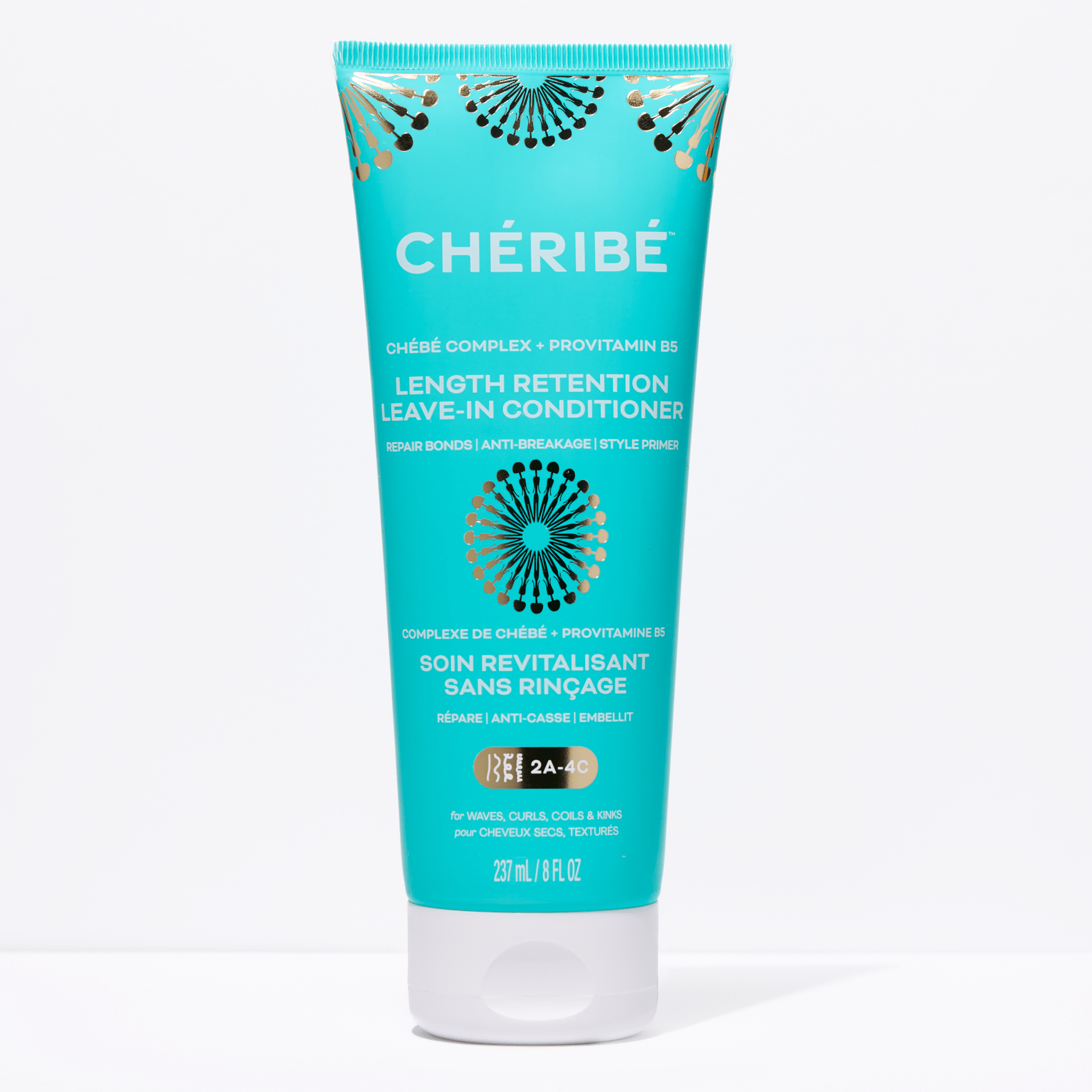
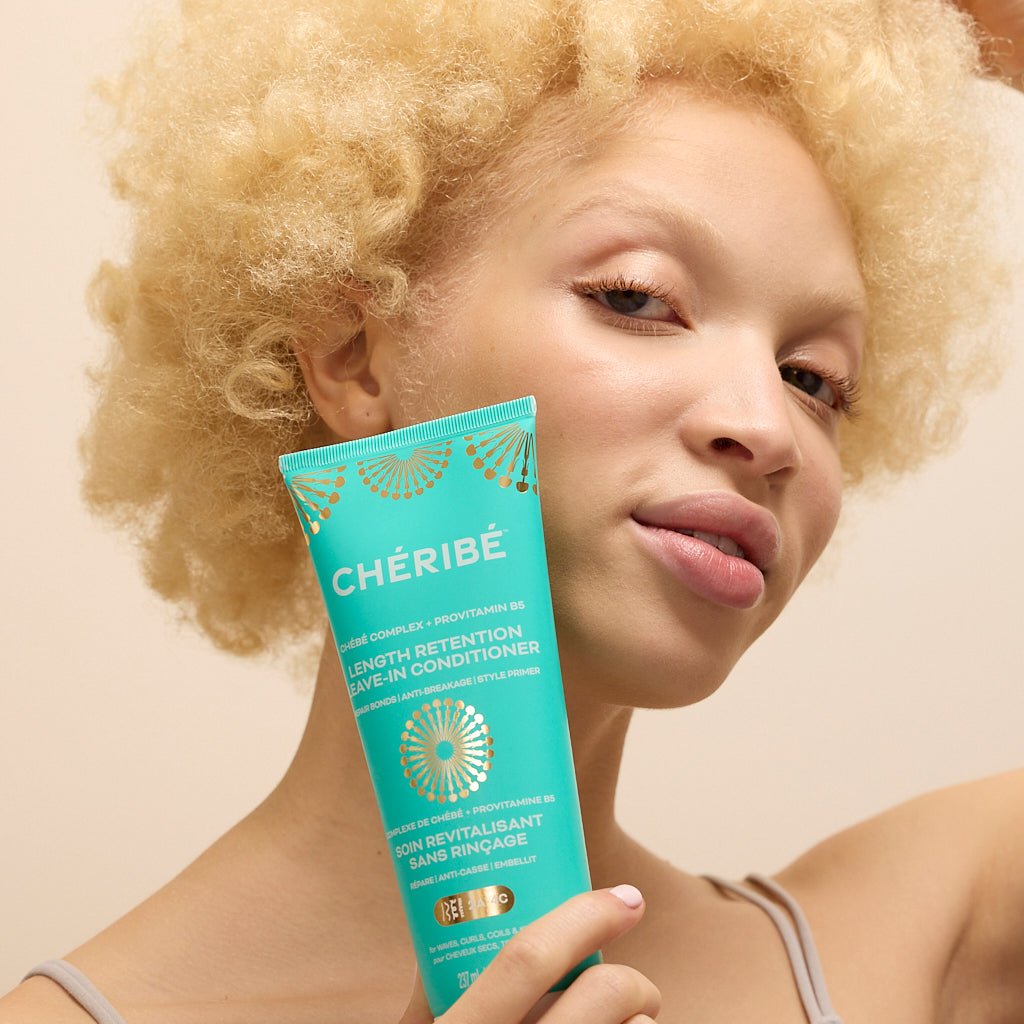

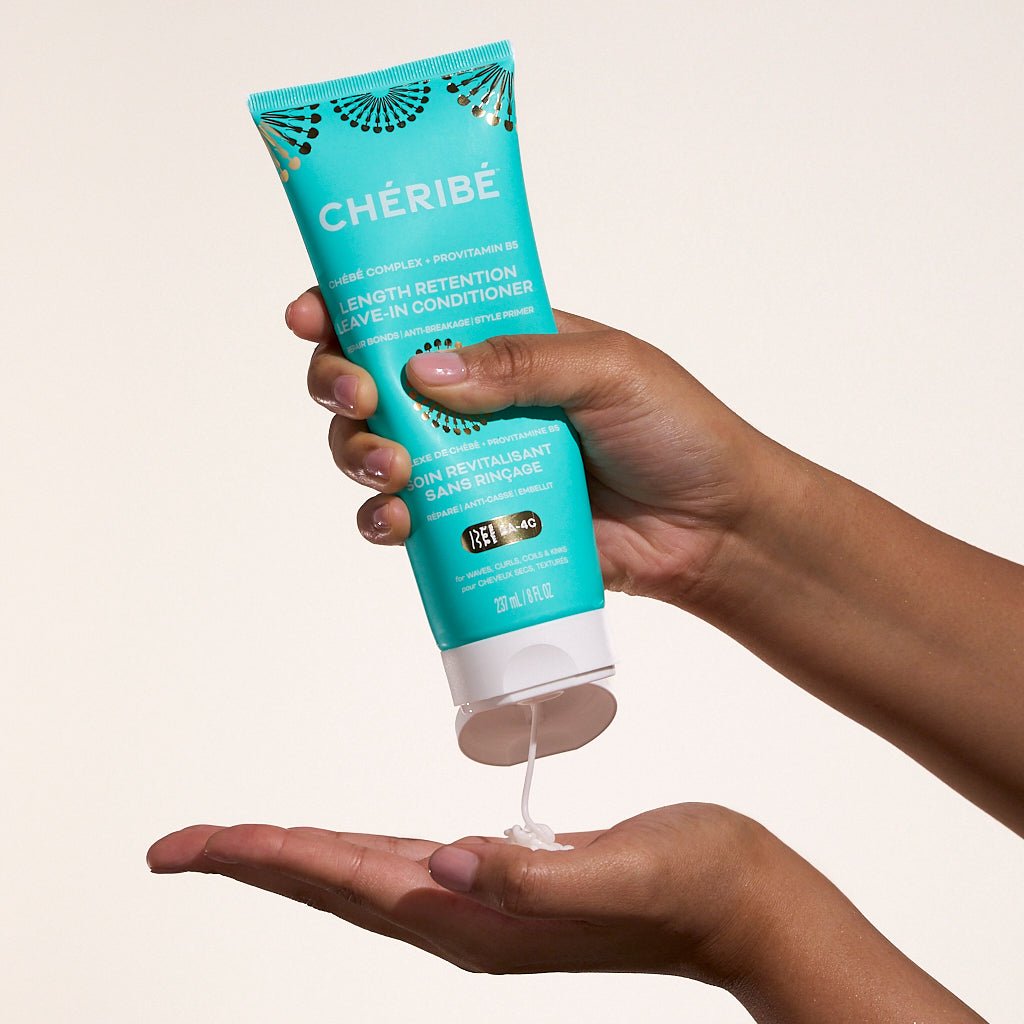
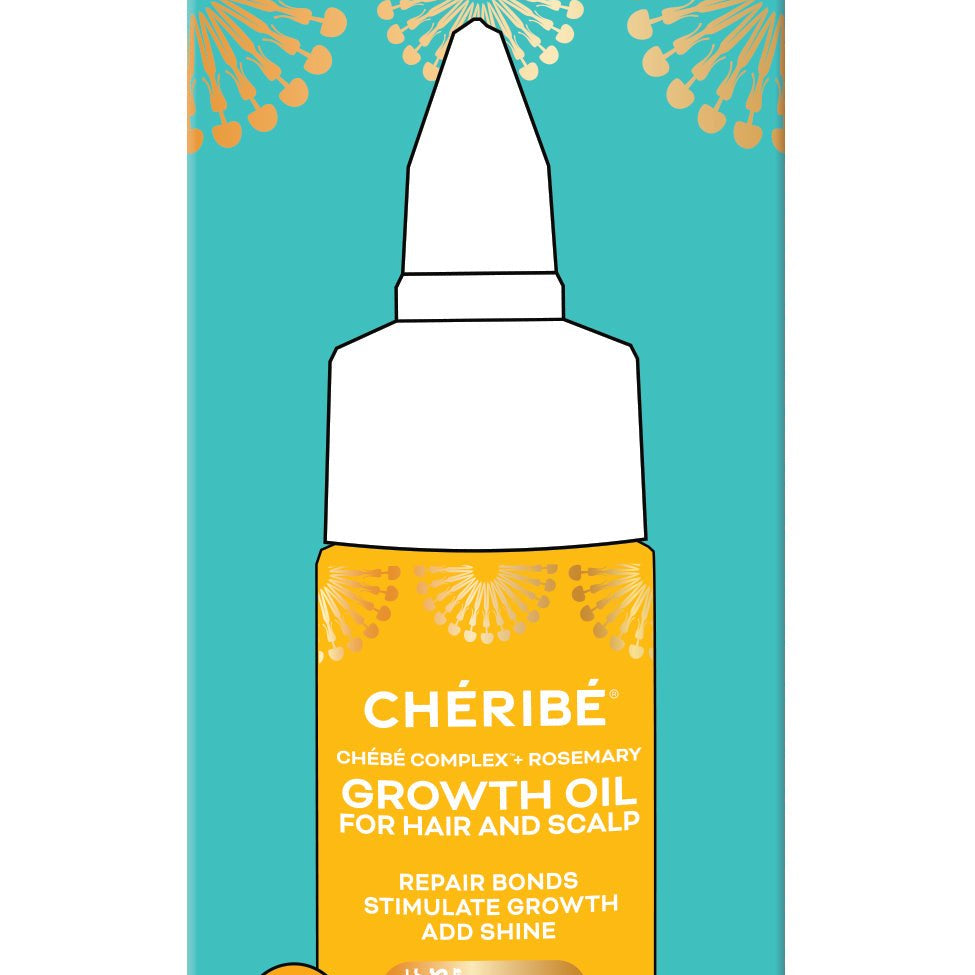


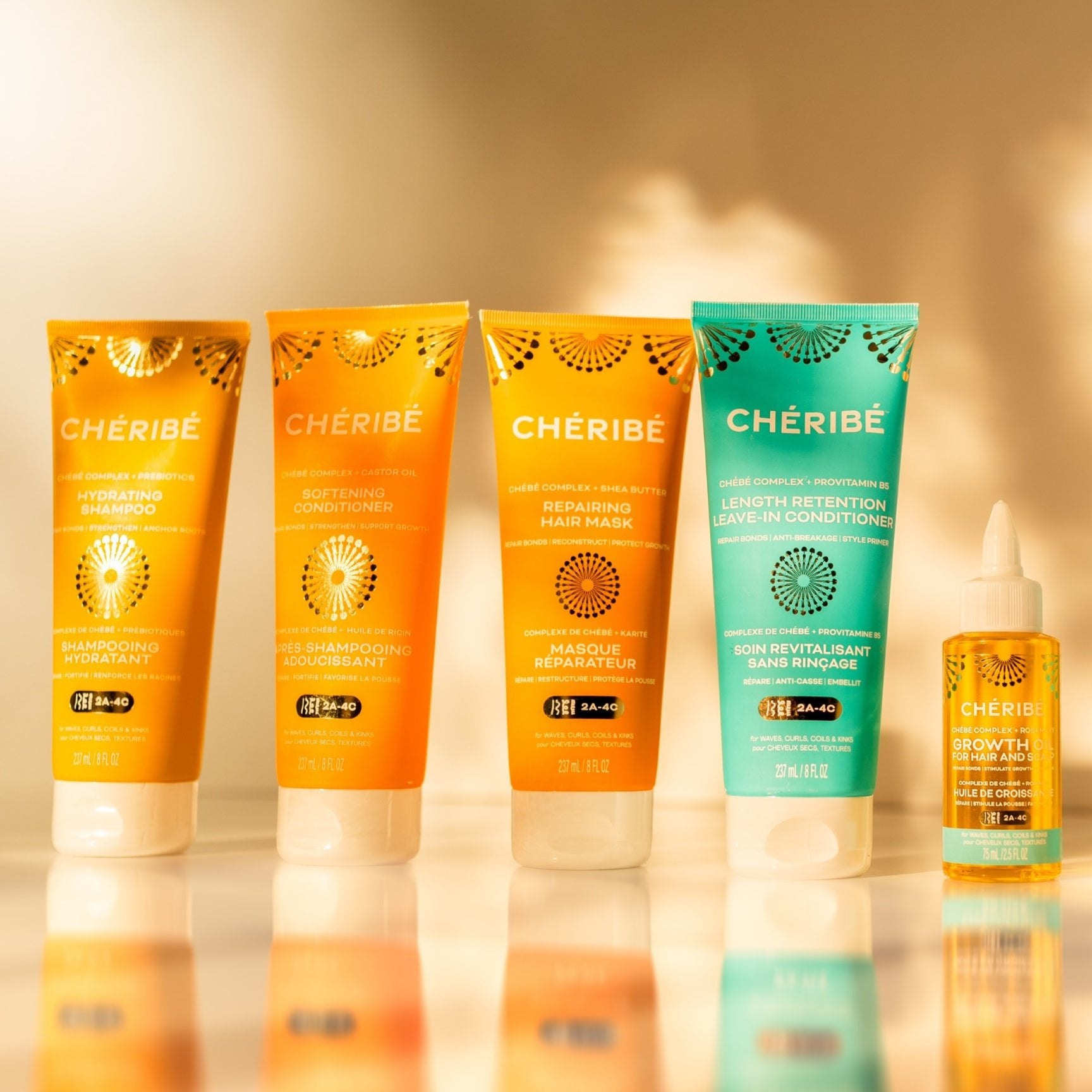
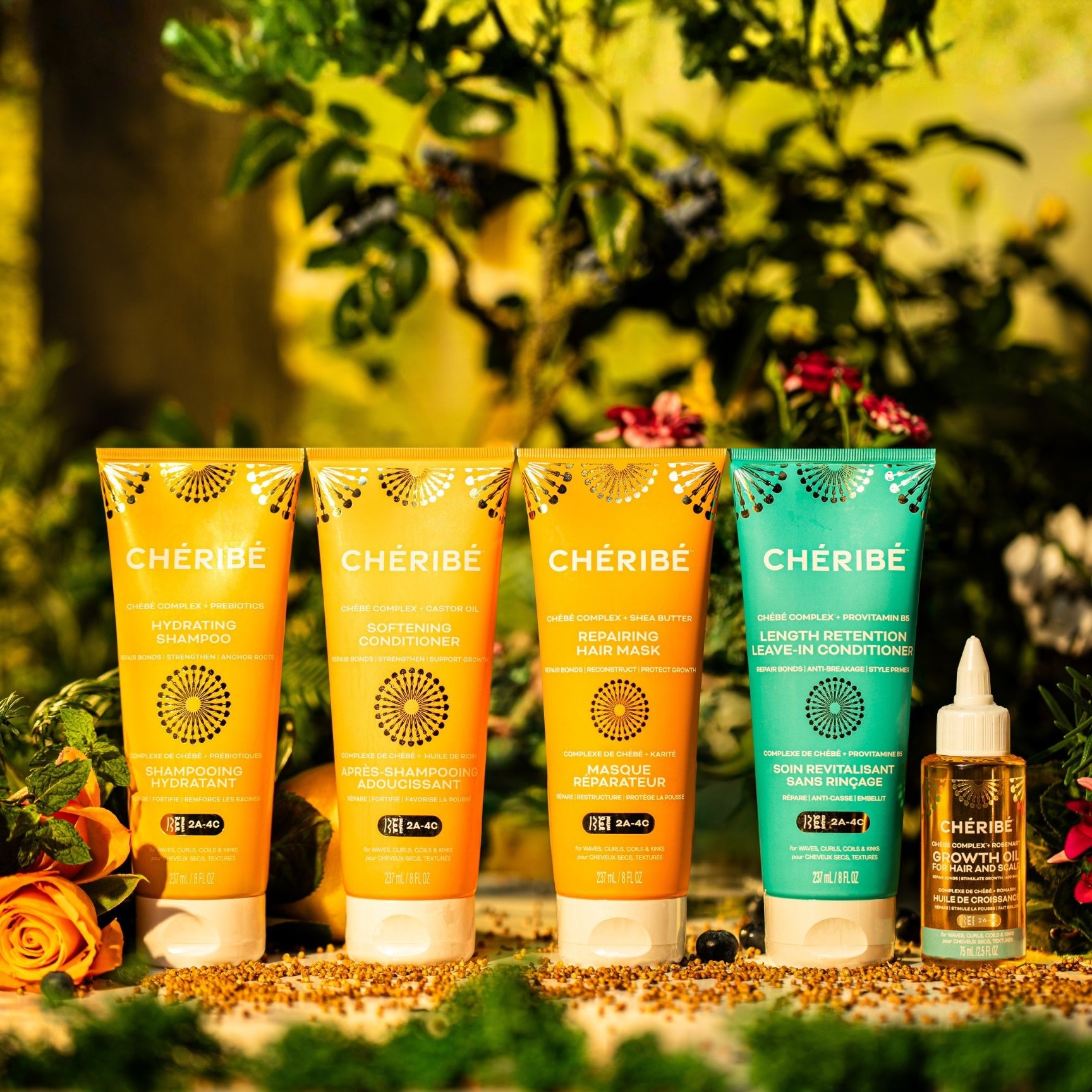
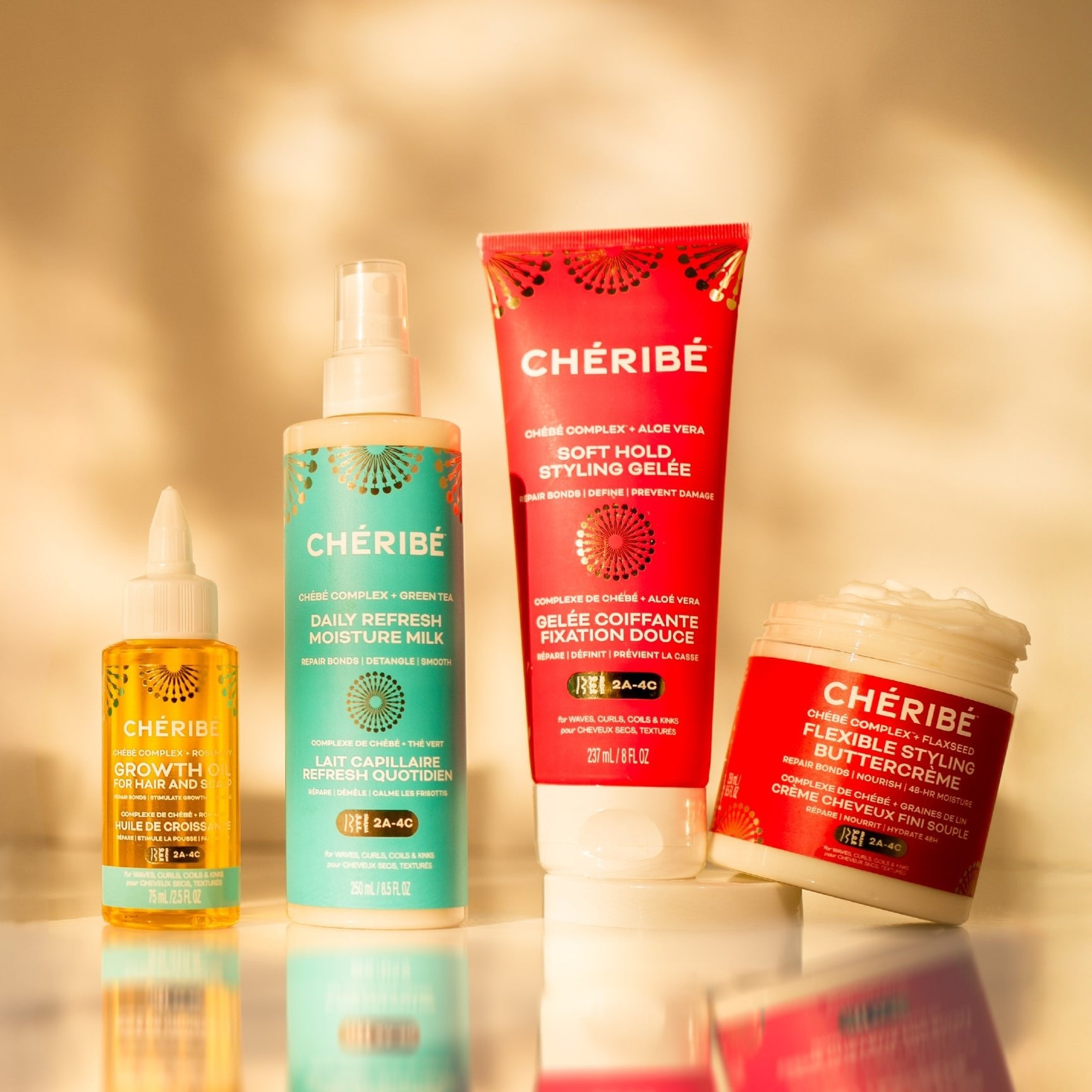
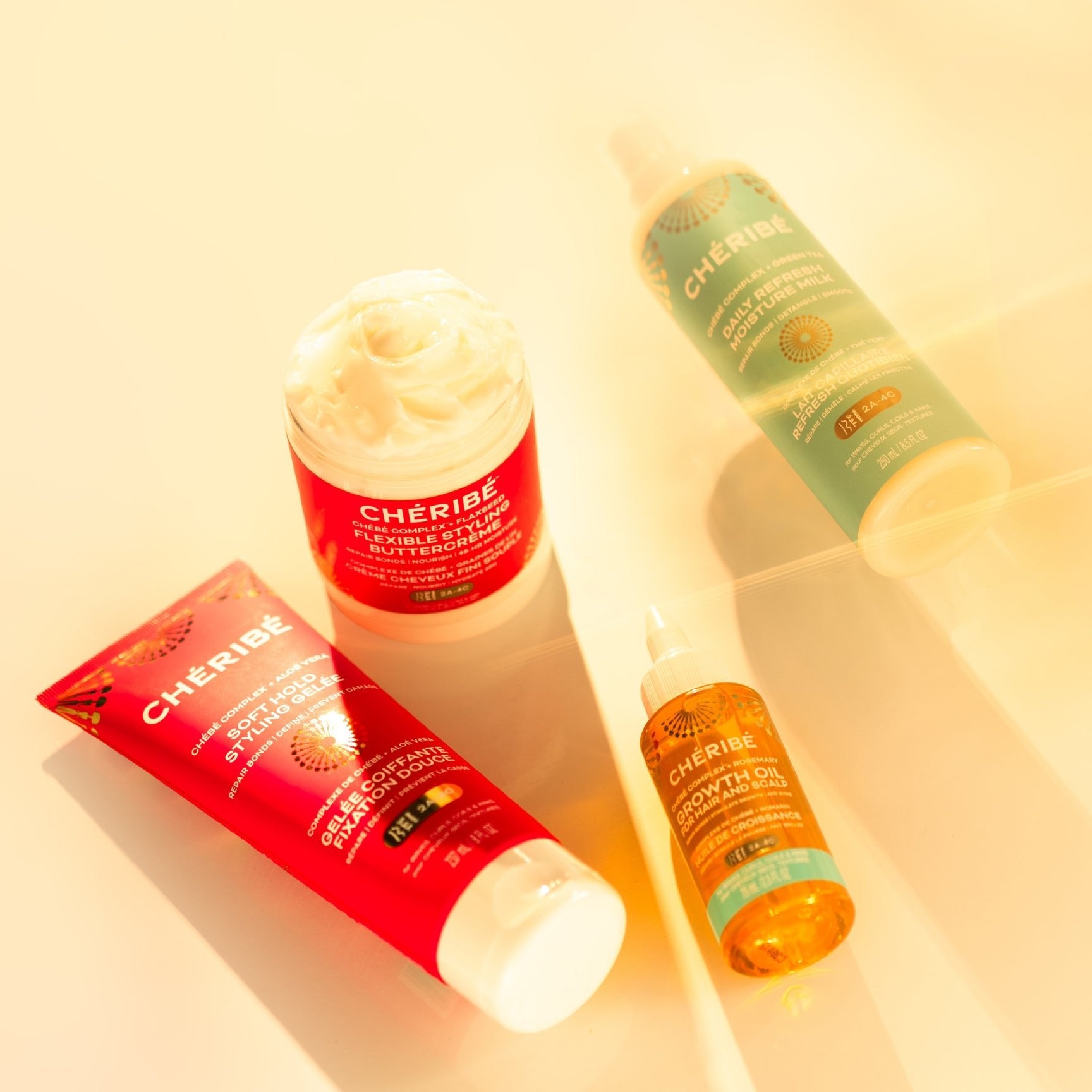
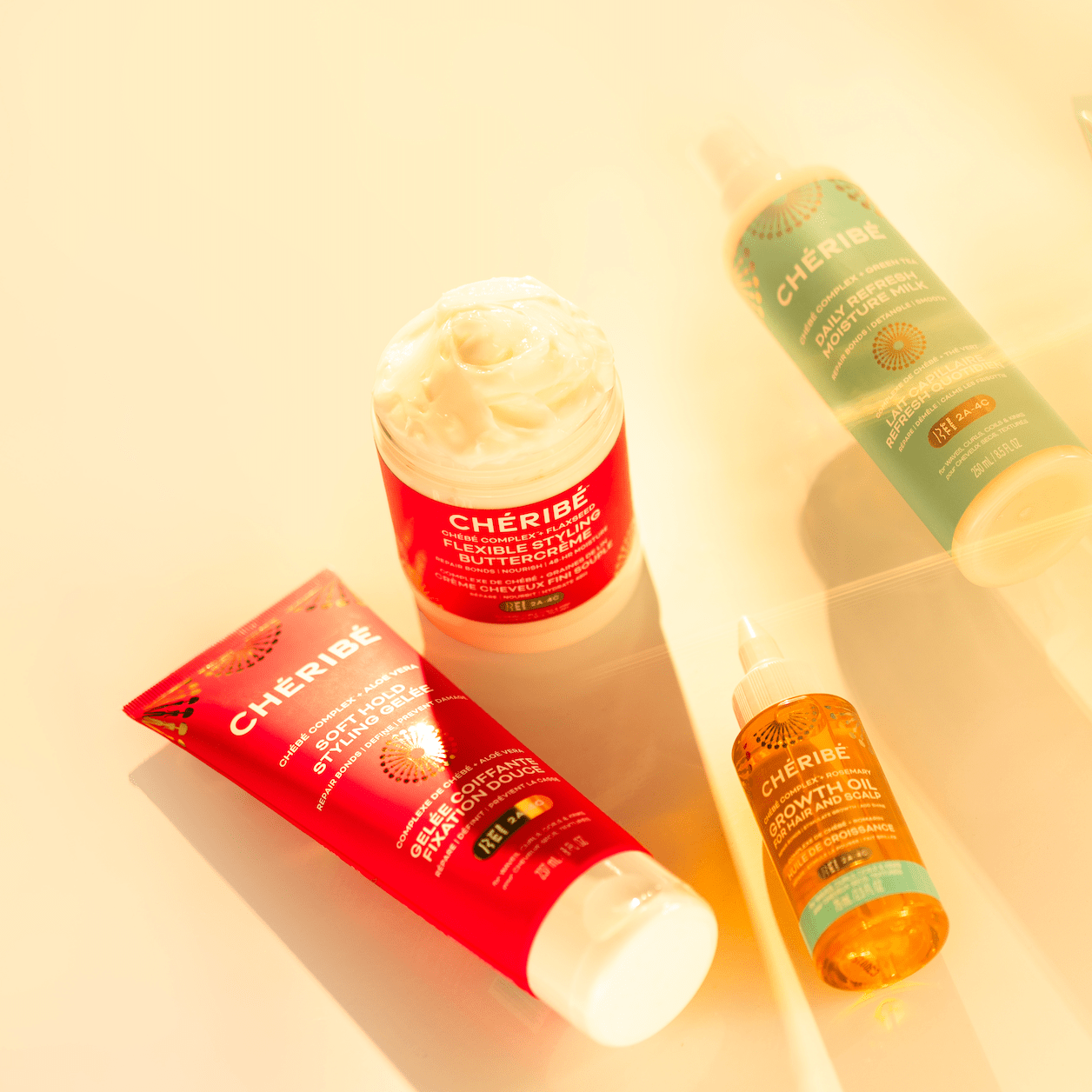
Leave a comment